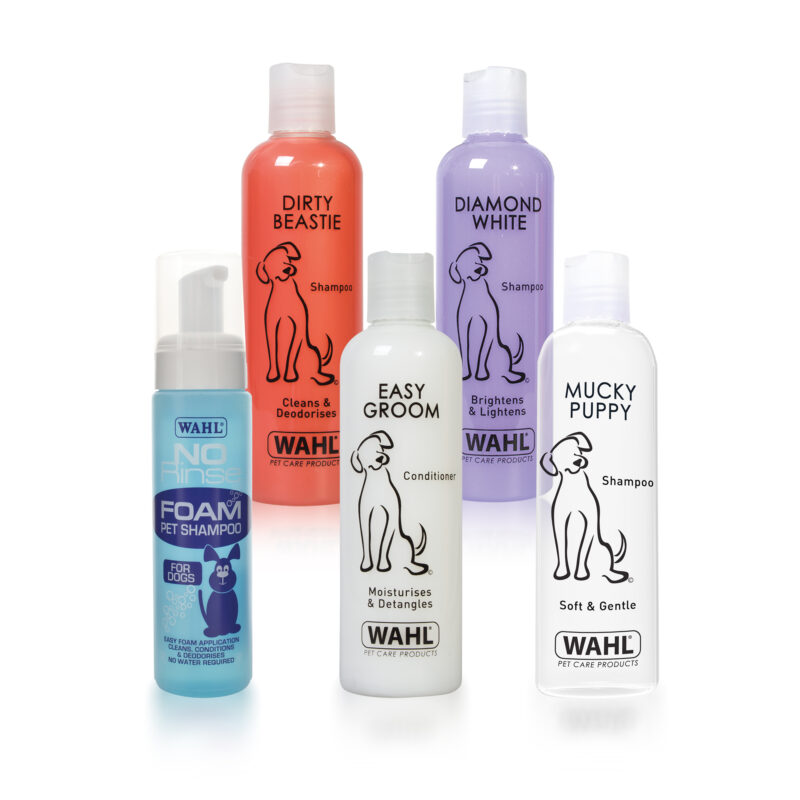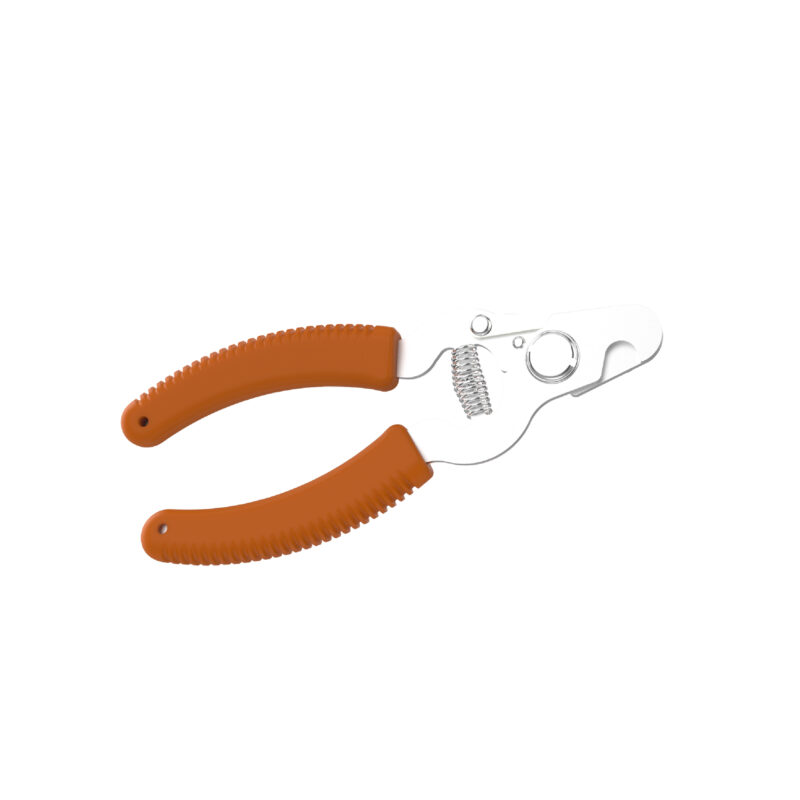Home / Product Guides /
DOG GROOMING GUIDE: SHORT COATS
Grooming guide for short coats
Example Breeds: French Bulldog, Greyhound, Weimaraner, Boxer, Pug, Dachshund
Brushing
Overview
Your dog will benefit from brushing as it will help regulate body temperature and reduce itching as you remove dead hair and distribute natural oils. Regular brushing will help you bond with your pet as well as getting to know their skin better, which means you’ll find any parasites and skin conditions sooner rather than later.
Tips:
- You can work from the tail to head or the head to tail, as long as you ensure you brush all the hair, not just the top coat.
- One popular technique is to brush backward against the lay of the fur, then brush it back into place. This loosens and removes dead hair and stimulates the skin.
- Take care when brushing over joints or sensitive areas and reduce any downward pressure.
- When brushing areas without much coat use a soft brush to avoid injury.
Why Brush Short Coats?
The advantage of short and medium length coats is that there is less chance of mats occurring. However, this doesn’t mean that they don’t require brushing. Brushing dogs with shorter hair will feel similar to being petted, so it’s likely that your dog will be pretty happy about this! But be sure to take your time and be gentle.
Recommended for Short Coats:
- Use a Double Sided Soft Brush all over to remove dirt and hair. The bristle side can be used to remove mud.
- Alternatively, a Slicker Brush can be used.
- During shedding, a Double Row Rake and Shedding Blade can be used.
- Finish with a Grooming Glove to distribute oils

Bathing
Overview
Determine whether your dog does need a bath, this often depends on the lifestyle of the dog. The most common reasons for bathing include removing dirt and mud from the coat or improving the smell of the dog. However, be aware that no dog should be bathed too frequently as this will remove the natural oils, making the coat dry and sometimes leading to irritation. For most dogs, regular brushing will keep the coat and skin in good condition and eliminate the need for frequent baths.
Tips:
- If your dog does need a bath, ensure you brush first to remove dead hair.
- Wet your dog, wash with dog shampoo, being careful to avoid eyes, ears, nose and mouth.
- Use a washcloth on face and around eyes.
- Rinse well.
Recommended for Short Coats:
- Use a Shampoo that’s right for the colour and skin type of your dog.
- Use a Conditioner for short-haired dogs to keep skin moist if necessary, as short-haired dogs tend to have dry skin.

Nail Care
Overview
Regardless of breed, all dogs have claws which grow constantly and may, at times need some attention to prevent discomfort or injury. If your dog has an active lifestyle their claws will usually naturally wear down as he walks on hard surfaces. Problem claws therefore tend to be an issue more in older dogs that exercise less, or dogs which spend more time on soft surfaces.
It is possible to clip your dog’s nails at home. If you are unsure or need help it is worth speaking with your local veterinary nurse or groomer, who will be able to offer simple advice and guidance.

Clipping & Trimming
Overview
There are very few dogs that will not benefit from a little trimming at some time in their lives. However, trimmers are limited in their capability and should not be confused with a clipper. For dogs that regularly attend a dog groomer, there may be opportunities for interim trimming to maintain areas such as face, chin, ears and feet between regular grooming parlour visits. Trimmers can also be useful when removing small mats from the coat.
Short and smooth coated breeds will rarely require clipping as the hair is not prone to knotting.
Recommended for Short Coats:
- Keep paws clean and tidy with the Paw Tidy.
- A Pet Trimmer can be used to trim the face, ears and paws.
